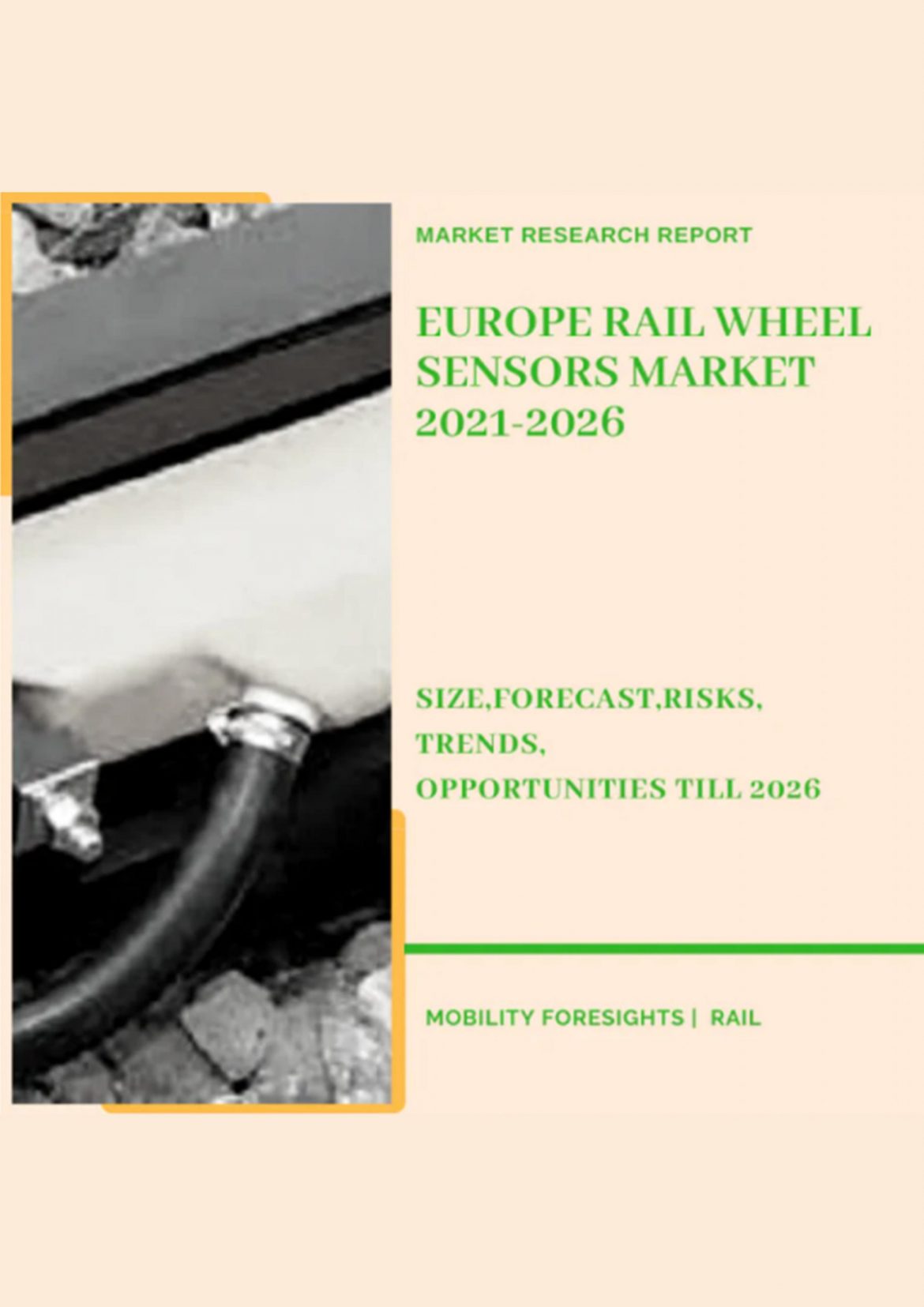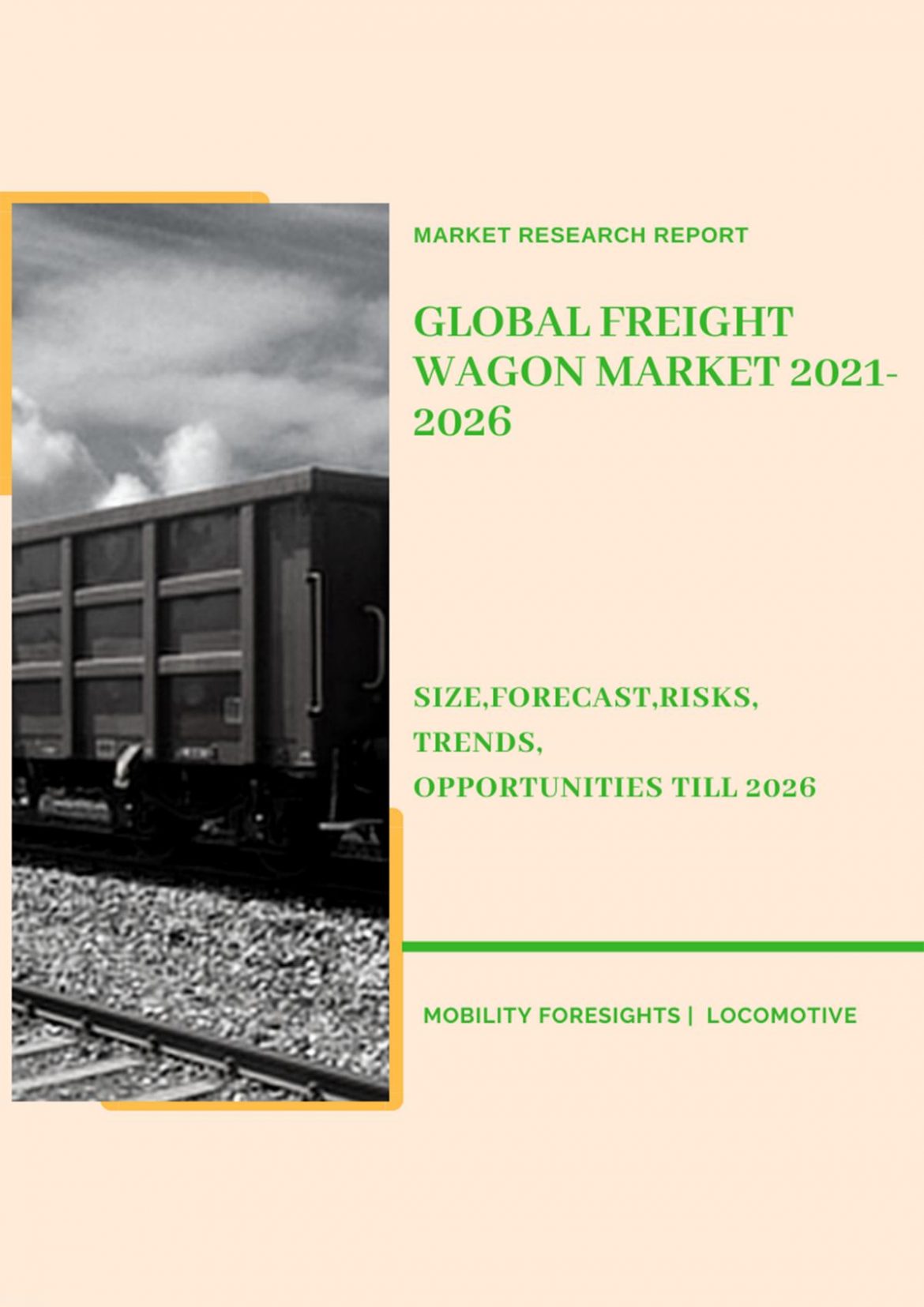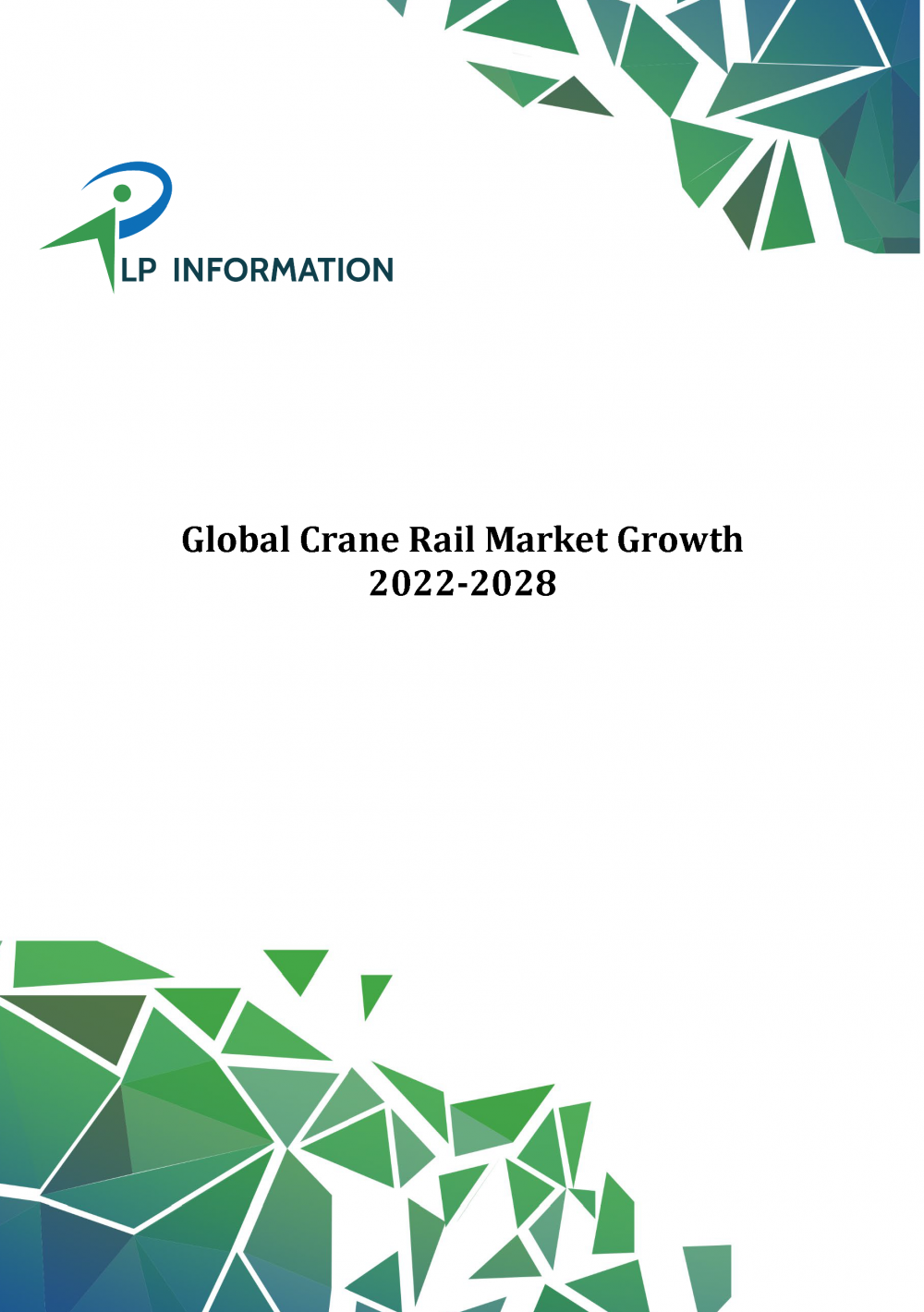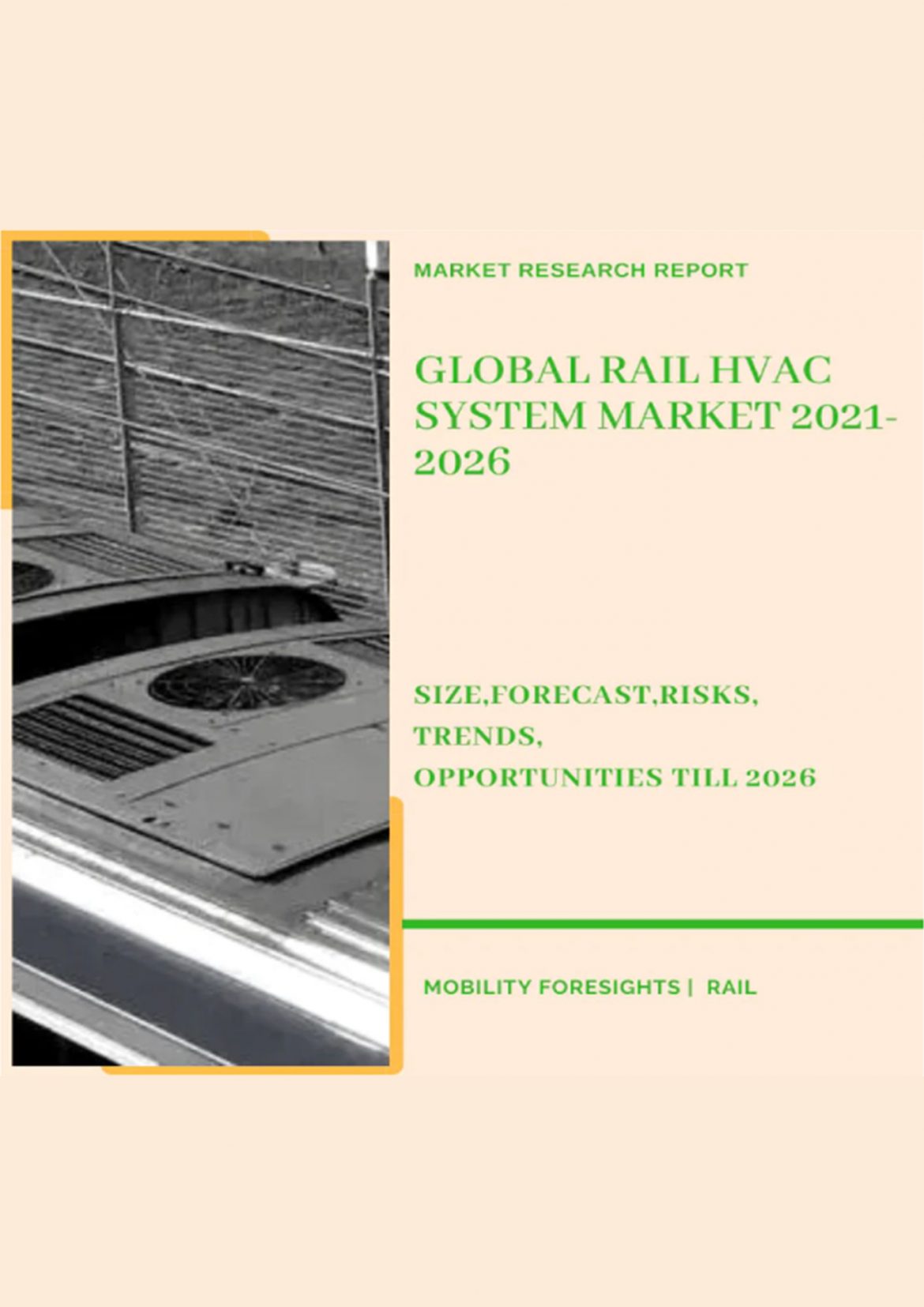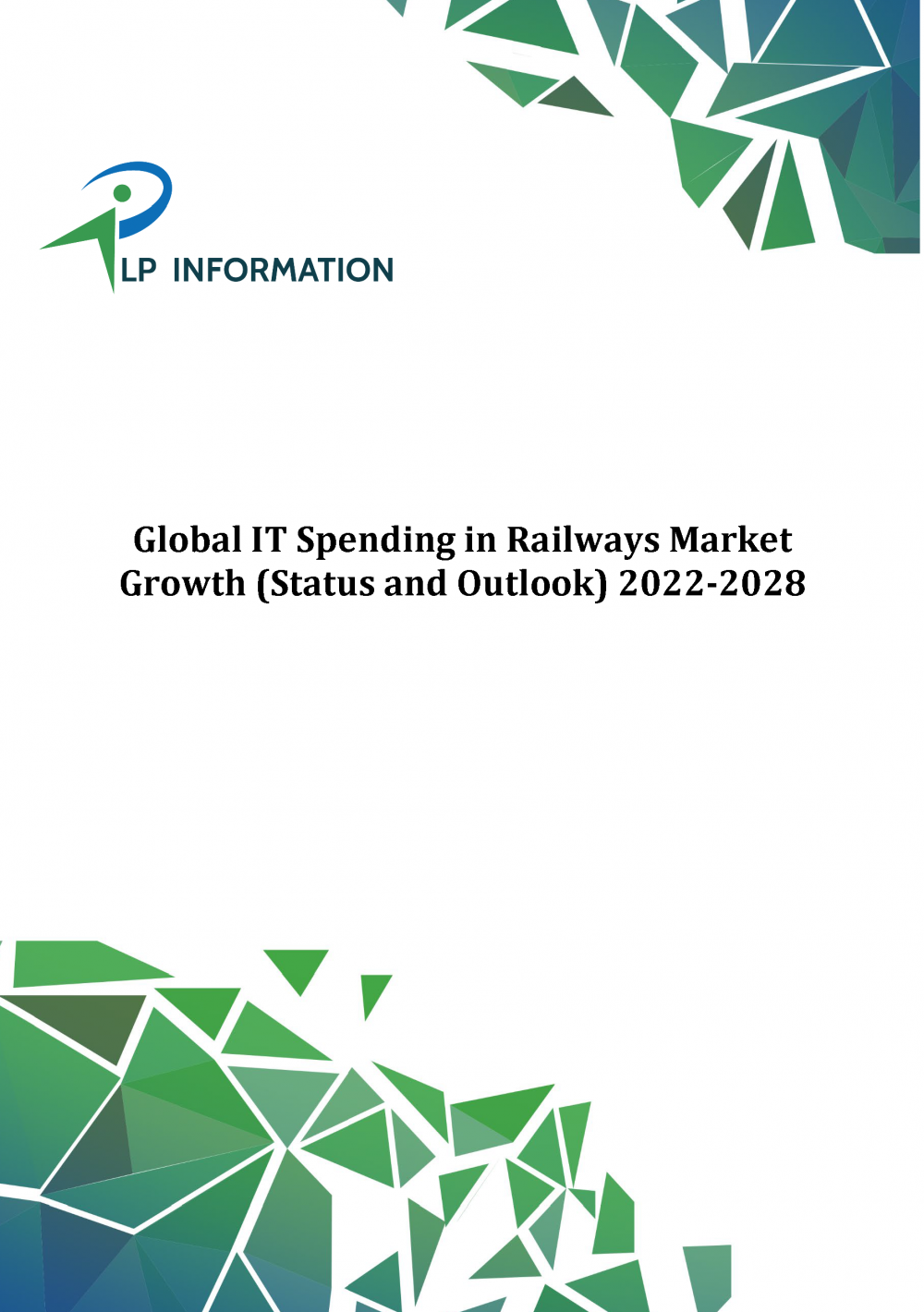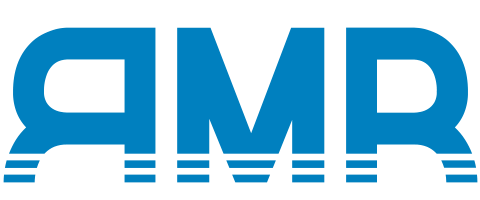Description
INTRODUCTION – Europe Rail Wheel Sensors Market 2021-2026
The railway superstructure and train stock combine to produce a complicated mechanical system. Wears arise as a result of the interface between the rolling stock and the rail, both at the wheel profile and on the rail.
This wear generates contact pressures that hasten the degradation of the railway track. This condition necessitates costly maintenance work on both rails and rolling stock wheels.
There are two sources of residual stresses in rail: manufacturing process stresses and train passage stresses.
The rail contact fatigue crack is the most damaging because residual stresses influence the genesis and spread of the fracture inside the rail. The most dangerous side effects include derailing.
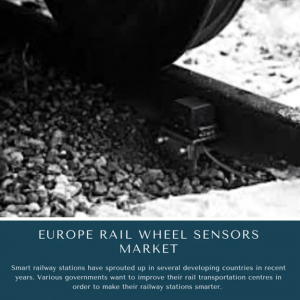
So far, studies have shown that the combination of rolling contact, tiredness, and wear is the most harmful consequence. Because of the change in rail radius and increased traction, the point of contact is migrating to the gauge corner.
Without adequate maintenance, the rail profile changes, resulting in increased rail-wheel contact forces and, as a result, more damage propagation.
Condition monitoring systems are frequently used to examine the health of equipment. Data capture is a critical component of any condition monitoring system.
Estimating the current state and projecting future behavior of the equipment are heavily reliant on the data measurement stage’s characteristics.
Nowadays, condition monitoring has a wide range of applications in the railway sector, and many monitoring systems for inspecting wheel and rail conditions have been presented.
In-service condition monitoring of wheels gives real-time data for maintenance planning, whereas in-workshop examination is typically performed at set intervals.
EUROPE RAIL WHEEL SENSORS MARKET DYNAMICS
| SI No | Timeline | Company | Developments |
| 1 | November 2021 | Honeywell | Honeywell expanded its Baton Rouge Facility in order to drive the low Global warming technologies. |
Around the world, major rail networks are being expanded and electrified in order to promote the most environmentally friendly mode of transportation. Management is controlled by private players in the majority of the world’s largest rail network countries.
With about 218,000 km of operational rail network, the European Union (EU) possesses the world’s longest electrified rail length as well as one of the safest railway networks.
The EU Commission is dedicated to making its rail network more comfortable for passengers by enacting new legislation and allowing private industry actors to help enhance the present network.
For example, the EU commission has set an aim of transferring 30% of freight by 2020.
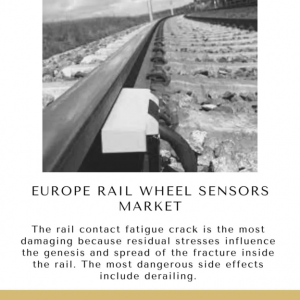
Smart railway stations have sprouted up in several developing countries in recent years. Various governments want to improve their rail transportation centers in order to make their railway stations smarter.
In Spain, the International Union of Railways (UIC) and ADIF, the Spanish rail infrastructure management, have joined forces to realise the objective of Smart Stations in Smart Cities.
EUROPE RAIL WHEEL SENSORS MARKET SEGMENTATION
The Europe Rail Wheel Sensors Market can be segmented into following categories for further analysis.
By Rail Technology
-
- Single Wheel Sensors
- Dual Wheel Sensors
By Product Classification Usage
-
- Urban Rail transportation
- Freight Rail Transportation
- Railway Transport Line Analysis
By Combination of Application
-
- Vision Monitoring
- Track Side Lubrication Monitoring
- Hot Box and Wheel Flat Detection
- Axle Spacing and Wheel Arrangement Detection
- Speed Analysis Measurement
By Construction
-
- New Placement
- Upgradation
- Maintenance and Repair
RECENT TECHNOLOGICAL TRENDS IN EUROPE RAIL WHEEL SENSORS MARKET
| SI No | Company | Products |
| 1 | Voestalpine | The UNIAS 2 wheel sensor was launched by Voestalpine which has a pluggable cable and has a flexible fixture method to ensure easy mounting. |
| 2 | Frauscher | Frauscher released the RSR180 Wheel sensor for trains and it can withstand the temperature up to 85°C and it has UV resistance. |
| 3 | Frauscher | The RSR123 Rail wheel sensor was released by Frauscher. The height, width and depth of the sensor is about 60mm, 270mm and 77mm respectively. |
| 4 | Frauscher | Frauscher released the RSR110 rail wheel sensor which has a power supply of 8V to 33V DC voltage. |
| 5 | Frauscher | The Sensis Detection Point SDP which is the latest wheel sensor launched by Frauscher is used in train tracks. |
| 6 | Pintsch Tiefenbach | Pintsch Tiefenbach consists of a single wheel sensor N59-1R-200-45 (NAMUR) which speeds up to 37mph. |
| 7 | Pintsch Tiefenbach | Pintsch Tiefenbach released the double wheel sensor 2N59-1R-200-40 which speeds up to Vmax 220mph. |
Wheels are prone to a variety of flaws, which have an impact on their smooth rotation. Wheel flaws include eccentricities, discrete defects, periodic non-roundness, non-periodic (stochastic) non-roundness, corrugation, roughness, flat, spalling, and shelling.
These flaws generate large impact forces at the wheel–rail contact, causing damage to the rail and train components. With quicker speeds and heavier axle loads, modern trains have stronger wheel–rail contact forces. Ultrasonic methods are currently being utilized extensively for non-destructive testing.
The difference in thermal conductivities of steel and the air layer in the fracture is used by an infrared camera to identify cracks in a railway wheel.
Any thermal resistance of cracks to heat flow causes rapid temperature variations in the fracture region. Furthermore, it is an active procedure that necessitates heating.
Furthermore, the break is apparent in around 3 minutes after the heating process begins. As a result, it is unsuitable for in-service installation.
Another issue that arises in the employment of a thermal imager and an infrared radiation camera is the selection of the wavelength operation range.
EUROPE RAIL WHEEL SENSORS MARKET COMPETITIVE LANDSCAPE
| SI No | Timeline | Company | Updates |
| 1 | H1-2021 | Voestalpine AG | The revenue of Voestalpine AG at the end of the first half of 2021 in September was €7 billion and in the previous year the revenue was €5.1 billion. |
| 2 | Q3-2021 | Honeywell | At the end of the third quarter the net sales of Honeywell was $8.47 billion and in 2020 the net sales was $7.79 billion. |
| 3 | December 2021 | Honeywell | Honeywell completed the acquisition of US Digital Designs Inc in order to improve safety communications capabilities. |
| 4 | March 2021 | Honeywell | Honeywell signed an agreement to acquire the stake in Fiplex Communications Inc which is a Miami based company. |
The Inductive sensor technology provides highly precise and reliable solutions, which can be used for a wide variety of applications. For safety reasons, a wheel sensor generally consists of two independent sensor systems in one housing.
This dual channel processing allows for the possibility of other wheel detection system functions, which are based on the temporal context and the intensity of the interference.
Frauscher Wheel Sensors detect the presence, speed, and direction of motion of an axle, among other things, under all climatic, technical, and operational situations.
Maximum availability is achieved by a strong design, high-quality components, and exceptionally dependable technologies. The wheel detection system is made up of two parts: a wheel sensor and an assessment board.
All analogue signals are safely sent from the sensor to the prefabricated assessment boards. The boards can be placed centrally in the interlocking or, in the event of a decentralised layout, in cubicles along the train line.
Voestalpine Railway Systems is involved in production of heavy line tracking systems for the EU Nations market. The UniAS SIL4 approved wheel sensor is an IP68-certified wheel sensor with a 20mA interface that offers the maximum resilience to different EMC and environmental impacts.
The SIL4 certified wheel sensor UniAS may be fitted using a clamp at the rail’s foot without piercing the rail’s web. These feature exceptional temperature stability and configurable amplification factor for the required signal, as well as a 20mA signal to give great immunity against vehicle-emitted disturbances and impacts to any cable.


